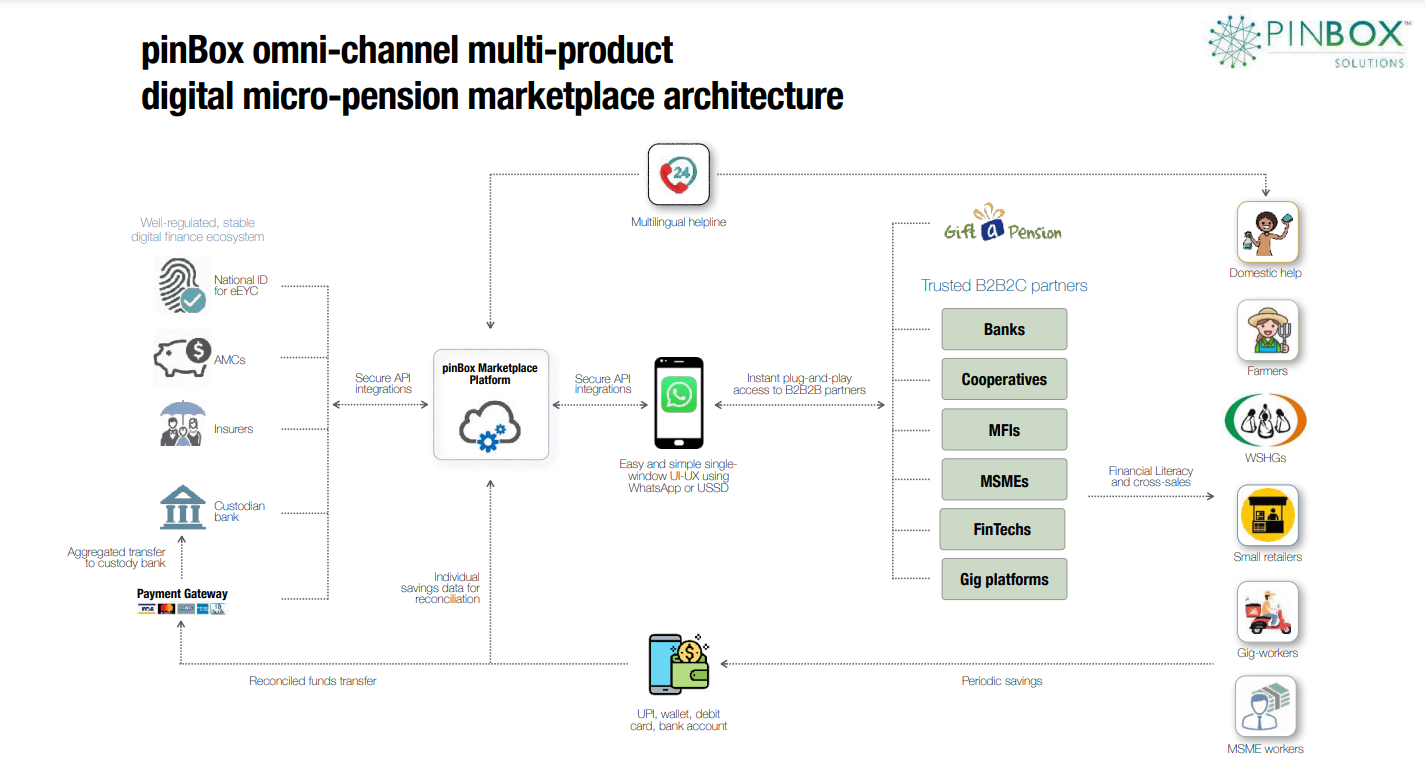How a digital micro-pension revolution could help a billion workers avoid retirement poverty
An estimated 1.8 billion self-employed informal sector workers in Asia, Africa and Latin America are at risk of living in post-retirement poverty unless effective systems are put in place to help them save for the future now.


